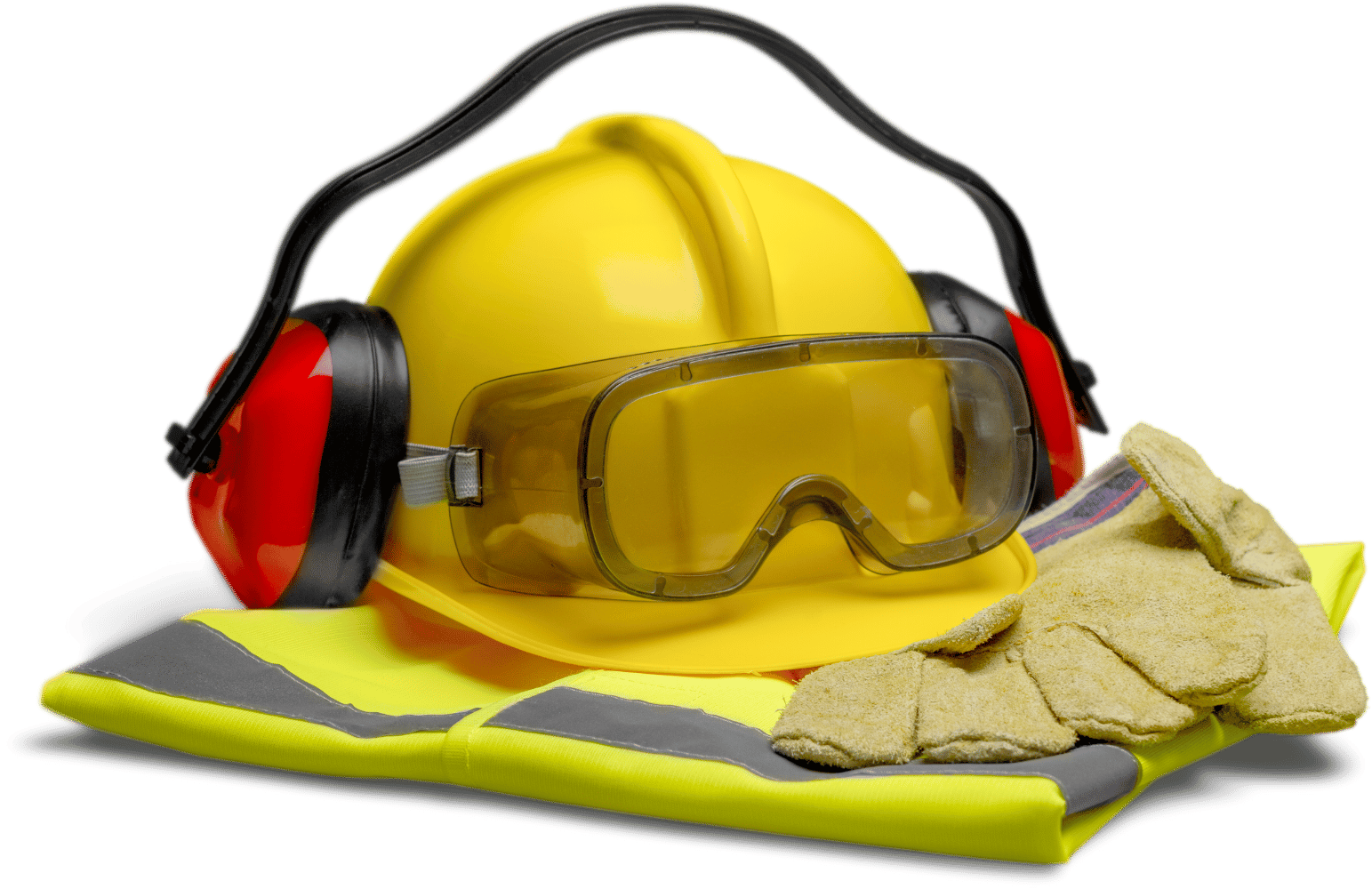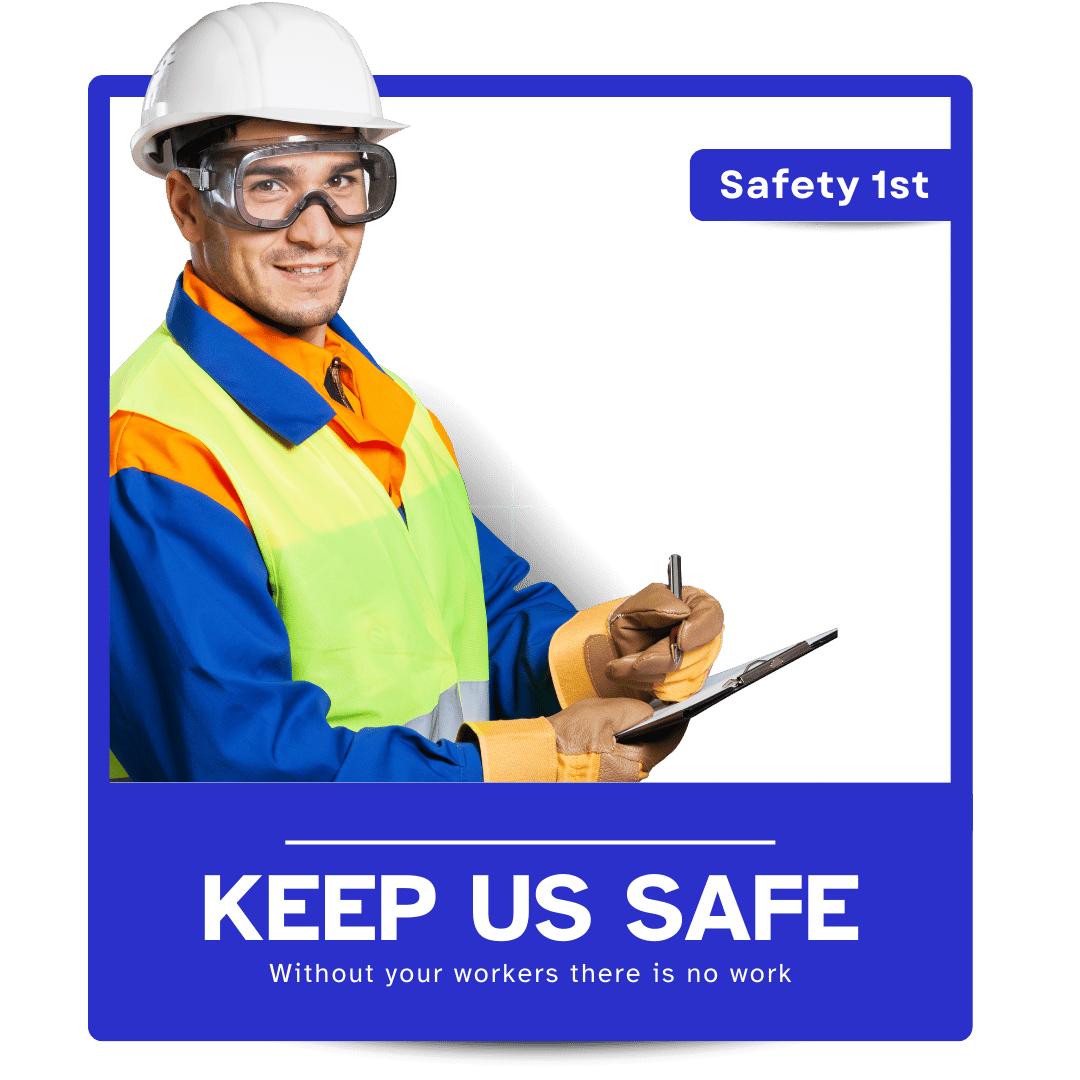Your cart is currently empty!
What Is HSEQ

Decoding HSEQ: A Comprehensive Guide to Health, Safety, Environment, and Quality Management
In the dynamic and ever-evolving landscape of modern industries, the integration of effective management systems to oversee Health, Safety, Environment, and Quality (HSEQ) standards has emerged as a cornerstone for sustainable operations. HSEQ encapsulates a holistic approach aimed at ensuring employee well-being, environmental sustainability, and the delivery of high-quality products and services. This article aims to provide an in-depth exploration of HSEQ, elucidating its multifaceted components, elucidating its significance, and delineating its profound impact on diverse sectors.
Understanding HSEQ
HSEQ constitutes an amalgamation of four interrelated components, each pivotal in its own right
Health: The health dimension of HSEQ is centered on nurturing the physical and mental well-being of employees within the organizational framework. Initiatives encompass preventive measures to mitigate work-related illnesses and injuries, as well as fostering a supportive workplace culture conducive to holistic employee health.
Safety: Safety within the HSEQ paradigm encompasses the identification, assessment, and mitigation of potential hazards to ensure a secure working environment. Integral to safety management are protocols, training regimens, and risk assessments aimed at preempting accidents and safeguarding employee welfare.

Environment: Environmental stewardship lies at the heart of HSEQ, emphasizing the organization’s responsibility to minimize its ecological footprint. This entails the adoption of sustainable practices, waste reduction strategies, pollution prevention measures, and resource conservation efforts to mitigate adverse environmental impacts.
Quality: Quality management represents the cornerstone of HSEQ, underpinning the consistency and excellence of products and services rendered. Through robust quality management systems, organizations endeavor to optimize processes, minimize defects, and prioritize customer satisfaction to bolster competitiveness and foster long-term success.


The Imperative of HSEQ
Safeguarding Human Capital: Paramount among the imperatives of HSEQ is the preservation of human capital. By proactively addressing health and safety concerns, organizations uphold their duty of care towards employees, fostering a culture of well-being and resilience.
Legal Obligations and Reputational Integrity: Adherence to HSEQ standards not only ensures legal compliance but also safeguards the organization’s reputation and integrity. Non-compliance can engender legal repercussions, financial liabilities, and reputational damage, underscoring the imperative of robust HSEQ management.
Risk Mitigation and Resilience: Effective HSEQ management serves as a bulwark against potential risks and vulnerabilities, fortifying the organization’s resilience in the face of adversity. By preemptively identifying and addressing risks, organizations mitigate operational disruptions and safeguard against financial losses.
Enhanced Productivity and Employee Engagement: A conducive work environment underpinned by robust HSEQ protocols engenders heightened productivity and employee engagement. When employees feel valued, supported, and safe, they exhibit greater dedication, motivation, and commitment towards organizational objectives.
Environmental Sustainability: In an era characterized by escalating environmental concerns, HSEQ assumes added significance in fostering environmental sustainability. Through eco-friendly practices and responsible resource utilization, organizations can mitigate their environmental impact and contribute to global conservation efforts.
Customer-centric Quality Assurance: Quality assurance forms the bedrock of customer satisfaction and loyalty. By consistently delivering products and services of unparalleled quality, organizations not only enhance customer trust but also cultivate enduring relationships, driving sustained business growth and competitiveness.
See Our Blog
See our blog for the latest updates, insightful articles, and helpful tips. Dive into a wealth of knowledge where we share our expertise and keep you informed about industry trends. Join us in explore a world full of insightful content about the SHEQ industry

What is the iceberg of ignorance?
The iceberg of ignorance warps executives’ perspectives regarding problems and where their attention should be focused…

How to identify safe harness anchor points
Identifying safe anchor points is a priority when ensuring the safety of workers at heights. Thorough inspections of structures, equipment & surroundings…

What do supervisors even do in construction?
In the bustling world of construction, supervisors serve as the backbone of project management, orchestrating teams, ensuring safety standards…
Conclusion
In summation, HSEQ transcends the realm of regulatory compliance to emerge as a strategic imperative for organizations navigating the complexities of the contemporary business landscape. By championing the principles of health, safety, environment, and quality, organizations lay the groundwork for sustainable growth, resilience, and competitive advantage. In essence, HSEQ represents not merely a set of standards but a blueprint for organizational excellence and enduring success in an increasingly interconnected and demanding world.

